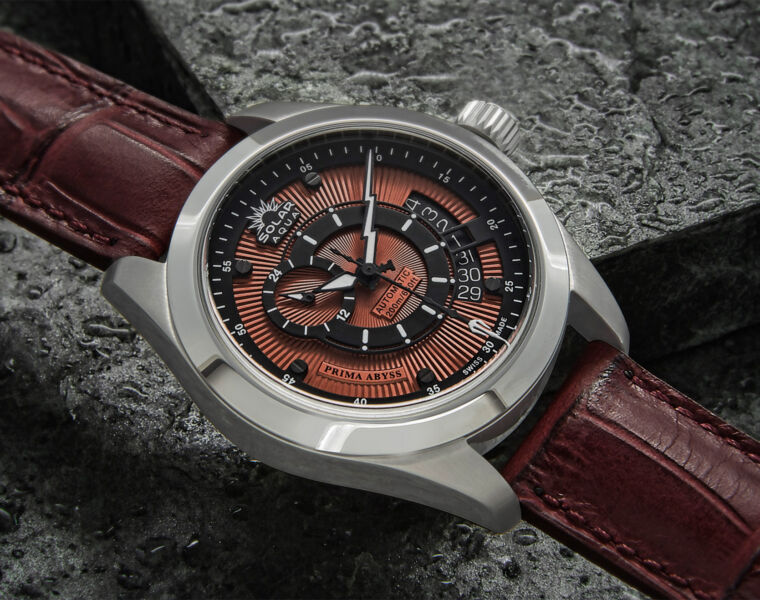
The Blancpain Traditional Chinese Calendar is a new limited edition timepiece created to Celebrate the Year of Rooster in 2017
Blancpain has unveiled a new limited edition of its world-exclusive wristwatch equipped with a traditional Chinese calendar to celebrate the coming lunar New Year of Rooster. The Le Brassus based watch manufacturer wanted to honour this age-old culture by introducing a useful yet symbolic model that indicates an auspicious year of the Rooster in 2017.
 The Traditional Chinese Calendar is based on fundamental principles established for millennia and profoundly rooted in Chinese tradition. On the dial, the hours, minutes and the Gregorian calendar rub shoulders with the main indications of the Chinese calendar: traditional double-hour indication, day, month with indication of leap months, signs of the zodiac, as well as the five elements and the 10 celestial stems.
The Traditional Chinese Calendar is based on fundamental principles established for millennia and profoundly rooted in Chinese tradition. On the dial, the hours, minutes and the Gregorian calendar rub shoulders with the main indications of the Chinese calendar: traditional double-hour indication, day, month with indication of leap months, signs of the zodiac, as well as the five elements and the 10 celestial stems.
The combination of the latter with the 12 animals of the zodiac that represent the terrestrial branches follows the sixty-year cycle that is central to Chinese culture. The moon phases, a key element in Blancpain complete calendars, are also presented and play a particularly important role in this model, given the link between the lunar cycle and traditional Chinese months.
Contrary to the Gregorian solar calendar which uses the solar day as the base unit, the traditional Chinese calendar is a lunisolar calendar, meaning a solar calendar with the lunar cycle (29.53059 days) as its base unit.
Since a year comprising of 12 lunar months (354.36707 days) is approximately 11 days too short compared with the tropical or solar year (365.242374days), a leap month is sometimes added to preserve the match with the cycle of the seasons. Given that each month of the Chinese calendar, including the leap months, begins on the day of the new moon, its length is either 29 or 30 days.
This means that when a year comprises a leap month, this 13-month year will be longer than the tropical year. On the contrary, when there is no leap month, the year of 12 lunar months is shorter than the tropical year. This distinctive feature is the reason behind the variable date of the Chinese New Year.





You must be logged in to post a comment.